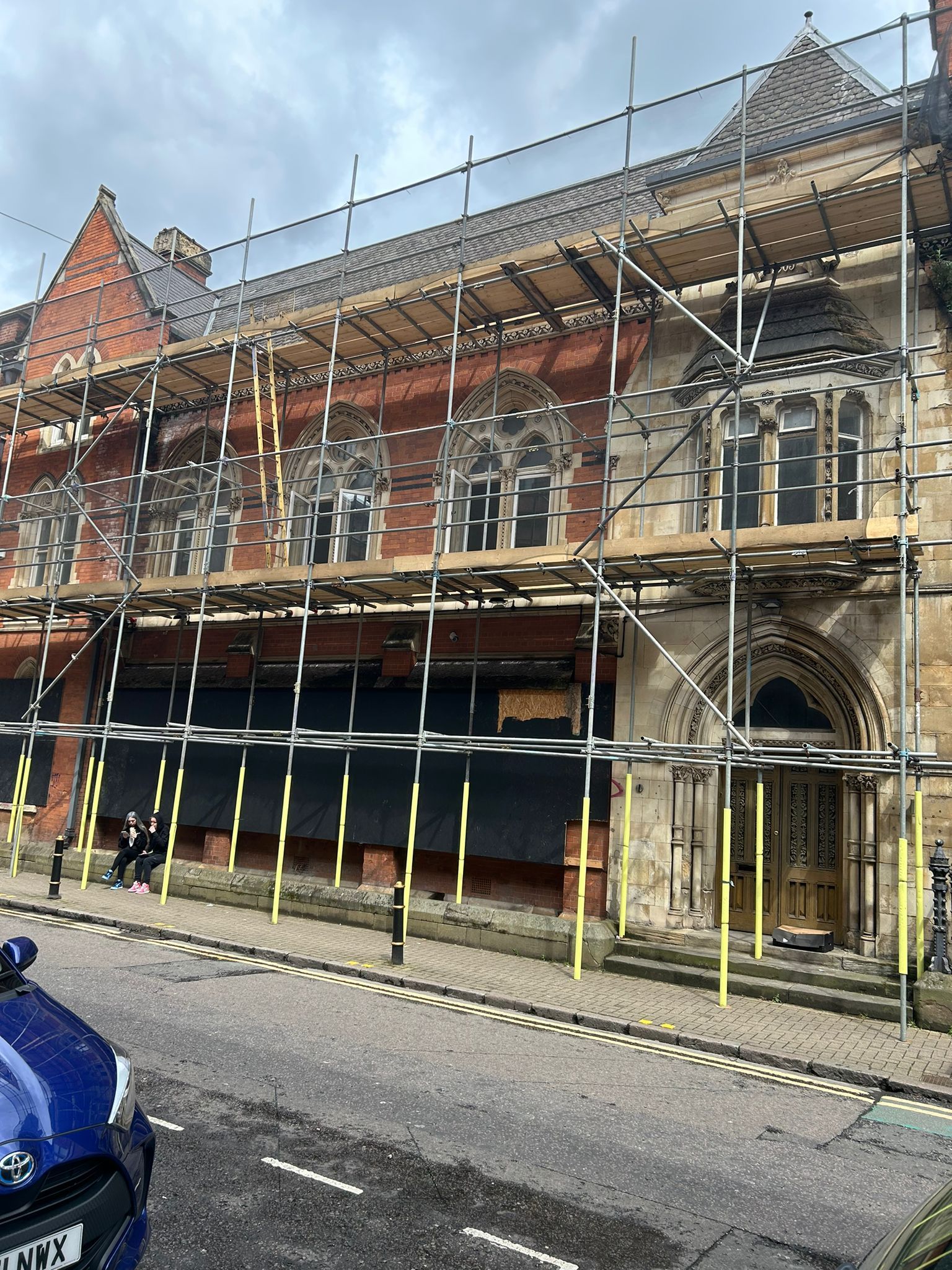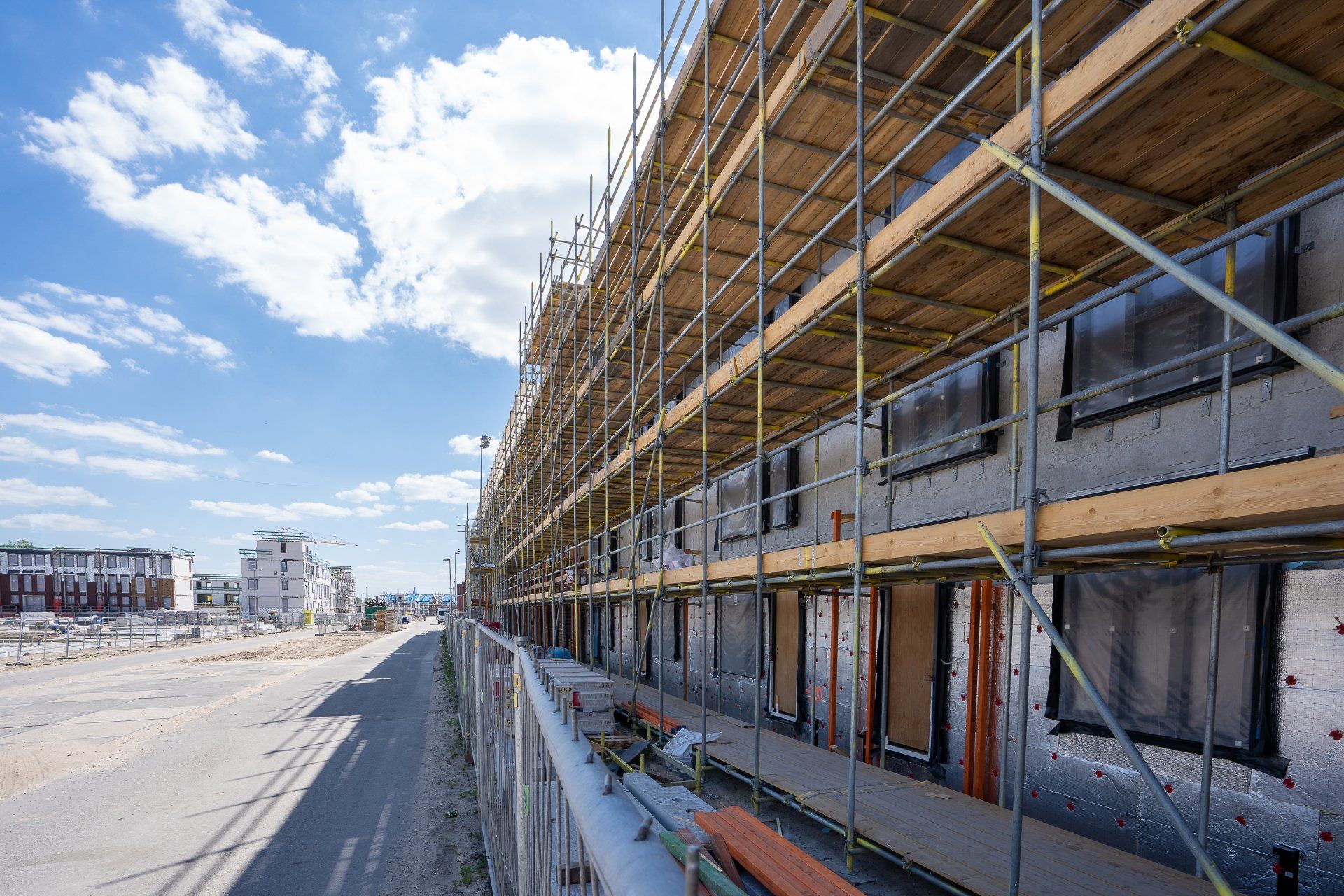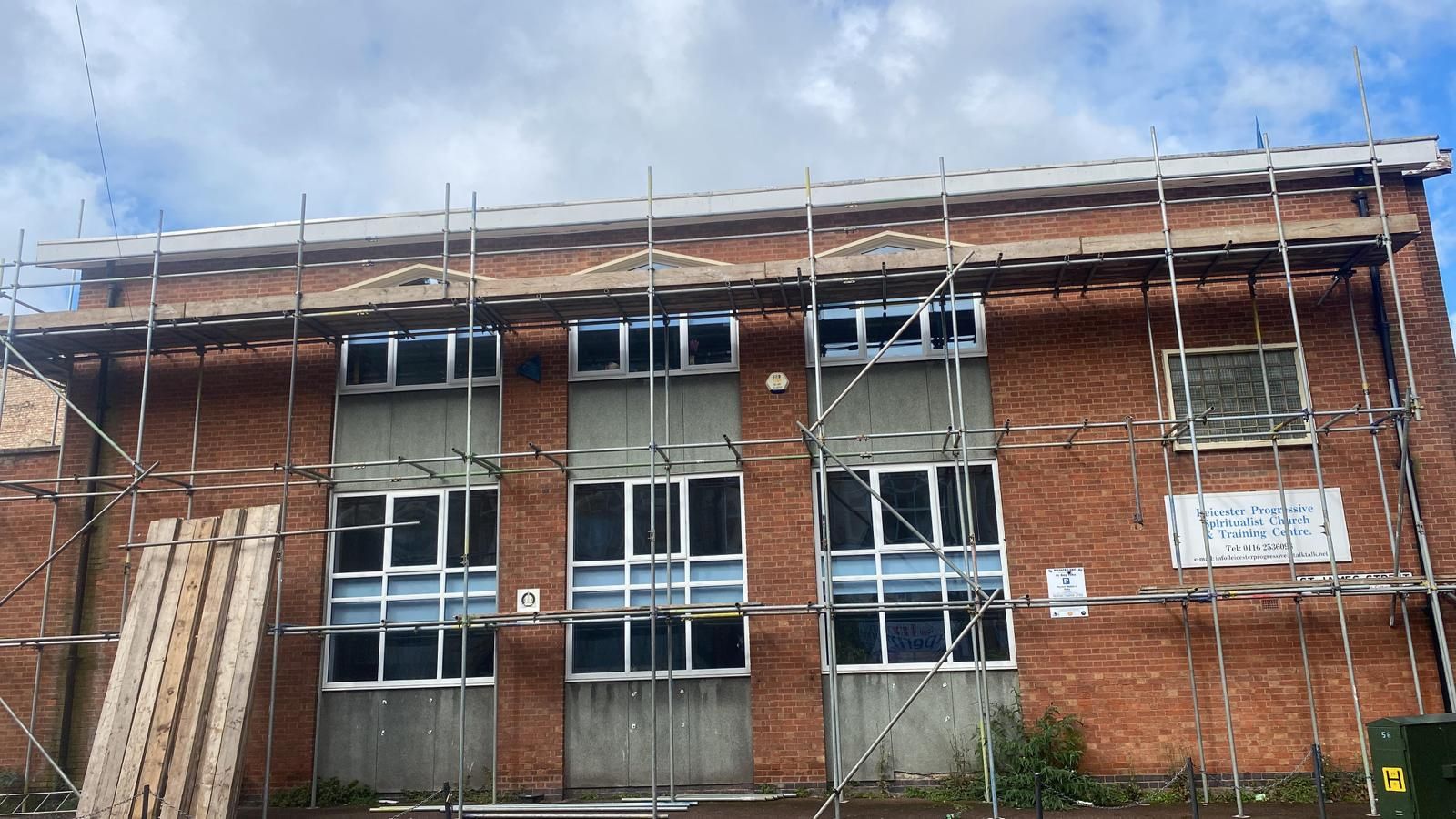Understanding the Different Types of Scaffolding Platforms
Different Scaffolding Platforms in Leicester
Introduction
Scaffolding is a temporary structure used extensively in construction to support workers and materials as buildings or structures are being constructed, repaired, or maintained. Scaffolding provides safe access to work areas that would be hard to reach otherwise. However, not all scaffolding is created equal; several different types of scaffolding platforms cater to various needs and situations. Understanding these different types can help project managers and construction crews select the most appropriate scaffolding for safety, efficiency, and cost-effectiveness. This blog will explore the most common types of scaffolding platforms used in the construction industry today.
Types of Scaffolding Platforms
Supported Scaffolding:
The most commonly used type of scaffolding across construction sites is supported scaffolding. It is built from the ground up and typically consists of one or more platforms supported by outrigger beams, frames, poles, legs, or uprights. This type of scaffolding is versatile and easy to assemble and can be used for projects ranging from simple residential renovations to large-scale commercial construction.
- Advantages: Cost-effective, versatile, and easily customised to fit various shapes and heights.
- Disadvantages: Requires more ground space and is only suitable for very high heights with significant structural reinforcements.
Suspended Scaffolding:
Suspended scaffolding is used for repair and maintenance tasks, such as window washing or painting on high-rise buildings. It consists of platforms suspended by ropes or other overhead support from a building's roof. It can be adjusted to move upwards or downwards, offering flexible access to different levels.
- Advantages: Ideal for tasks at great heights, minimal disruption on the ground.
- Disadvantages: Higher risk factor, requires careful setup and operation, limited load capacity.
Rolling Scaffolding:
Also known as mobile scaffolding, this type has wheels or casters at the base that allow it to be moved easily around a site. It is useful for tasks that require mobility and is often seen in projects like painting or plastering, where workers need to move along a wall.
- Advantages: Highly mobile, easy to move.
- Disadvantages: It is not suitable for uneven ground, has weight limitations, and requires locking mechanisms to prevent unwanted movement.
Cantilever Scaffolding:
This type is supported only at one end and projects outwards, which makes it suitable for situations where the ground near the work area is not suitable for standard scaffolds. It is often used in construction or maintenance work above active streets or where ground obstacles exist.
- Advantages: Accessible in restricted areas, minimal ground requirement.
- Disadvantages: It requires precise calculations and expert assembly, and there is a higher risk of instability if not correctly installed.
Mast Climbing Scaffolding:
Mast climbing scaffolding is motorised and can climb up a vertical mast to reach different heights. It provides a large platform for workers and materials, making it ideal for extensive façade work on high-rise buildings.
- Advantages: Offers a large working platform, can be used at very high elevations, and enhances worker productivity.
- Disadvantages: Expensive, requires specialist training to operate.
Tube and Coupler Scaffolding:
This type of scaffolding consists of tubing connected by couplers. It is highly flexible and can be assembled in multiple configurations. It is strong and can be used for complex structures such as those in industrial environments.
- Advantages: Highly versatile and robust, suitable for irregular structures.
- Disadvantages: Labour-intensive to assemble and requires skilled workers.
Double Scaffolding:
Also known as independent scaffolding, is primarily used for stone masonry.
- Advantages include strong stability, as it does not rely on the wall for support, is ideal for heavier loads, and provides easy access for workers on multiple levels.
- Disadvantages include higher material and labour costs due to the complexity of setup, taking up more space around the construction site, potentially obstructing areas, and requiring more time for assembly and disassembly.
Single Scaffolding:
Also known as bricklayer scaffolding, it is commonly used for brick masonry.
- Advantages include ease of assembly and dismantling, cost-effectiveness, and direct support to the working platform.
- Disadvantages include limited height reach, less stability compared to more robust systems like double scaffolding, and reliance on the building for structural support, which can be problematic in incomplete or weak structures. Additionally, it offers limited access for workers across multiple levels.
Ladder or trestle scaffolding:
This is used for work inside rooms or at lower heights.
- Advantages include easy setup and relocation, affordability, and suitability for smaller projects requiring limited height access.
- Disadvantages include a maximum height restriction of about 5 meters, which limits its use for larger, more extensive projects. It also offers less stability compared to more extensive scaffolding systems and is not suitable for heavy loads or multiple workers.
Mobile Scaffolding:
Also known as patented scaffolding, it is made from pre-fabricated parts and mounted on casters.
- Advantages include easy manoeuvrability, quick setup and dismantling, and flexibility in moving across various locations at a work site.
- Disadvantages include limitations on uneven ground, which can reduce stability and safety. Additionally, locking mechanisms must be engaged to prevent movement while in use, and its use is generally limited by lower weight capacities compared to stationary setups.
Choosing the Right Scaffolding
Selecting the right type of scaffolding involves understanding the specific requirements of the project, including the height at which the work will be performed, the load requirements, the duration of the project, and the environmental conditions. Safety should always be the paramount concern, followed by cost-effectiveness and efficiency.
Conclusion
The choice of scaffolding can significantly affect the safety, speed, and success of a construction project. By understanding the different types of scaffolding platforms available, construction professionals can make informed decisions that optimise productivity and ensure safety. Whether the project involves minor repairs or major construction, there is a scaffolding solution that meets the needs of any job site. Always ensure that whichever type of scaffolding is chosen adheres to all relevant safety standards and is inspected regularly to maintain its safety and integrity.
For further information, Click here to visit our website or call Leicester Scaffolding Services JK on 0116 216 5534.
Click here to complete our contact form and see how we can help you with your scaffolding requirements.
You might also like
Contact us for a FREE Quote
We will get back to you as soon as possible
Please try again later



